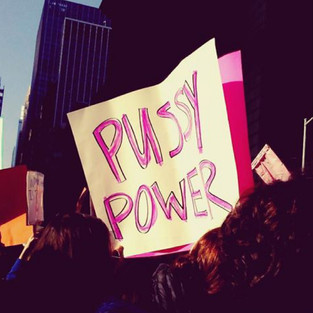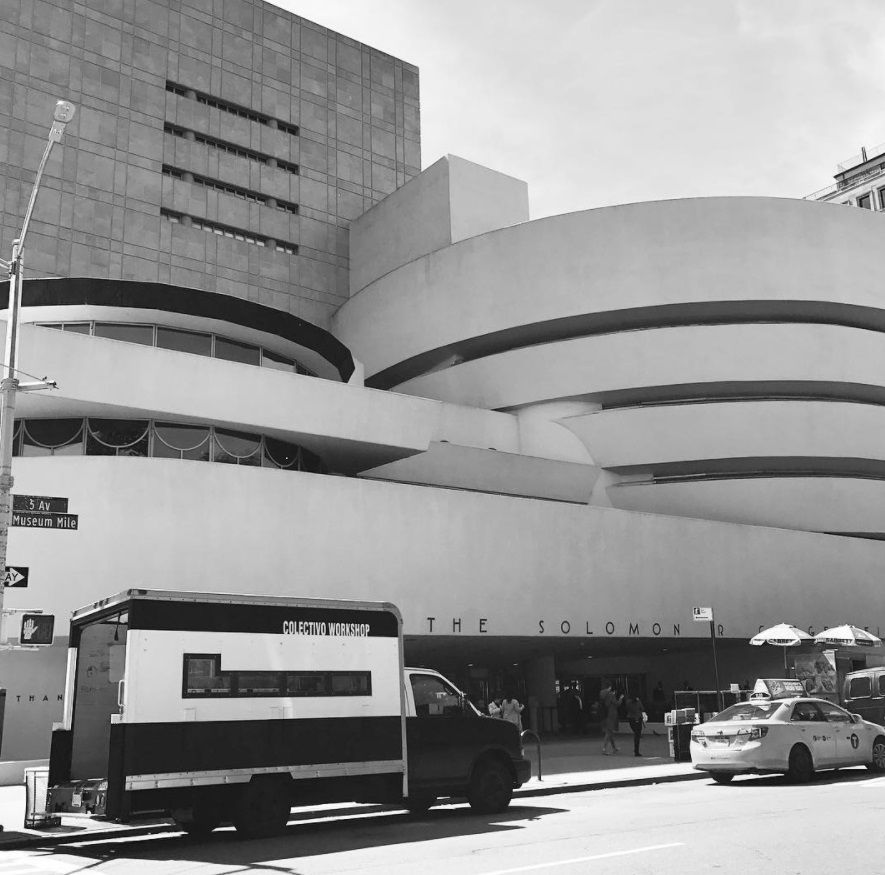“It’s our job as artists to open the hearts of our communities”
- Barbara Flores
- 21 jun 2017
- 3 Min. de lectura
Actualizado: 23 ene
For the past three years, I have had the opportunity to participate in two major feminist gatherings: Ni Una Menos in Argentina and the Women’s March in the United States. Even though each movement was sparked by different events, I could hear the same frustration from people: How is it that in the 21st century, women are still dealing with the same problems as a century ago? Like any other woman, I have faced these issues, and after witnessing the beginnings of both movements, my focus is not on making a statement every time I walk down the street but on being as supportive of my gender as I can. I’m also impressed with how social media has played a crucial role in amplifying voices and organizing these gatherings. Considering my interest in these topics, I found a great opportunity to attend Paola Mendoza’s talk at the latest Creative Mornings in New York.
Let’s talk briefly about Ni Una Menos first. Back in 2015, Argentine society organized to address a grave issue: femicides. Using social media as a tool, artists from various disciplines showed their support by posting illustrations or signs using the hashtag #NiUnaMenos—a campaign that went viral in minutes. This gathering became one of the strongest feminist movements in Latin America, inspiring other countries, such as Peru, to join the cause.

Not long after, at the beginning of this year, I participated in a response to Trump’s election: the Women’s March. Planning for this gathering began immediately after the election on November 8, 2016. Although it was initially conceived as an event in Washington, D.C., the overwhelming public reaction turned it into a global phenomenon. Participation wasn’t restricted to women; people from all backgrounds joined in solidarity.
Paola Mendoza, a filmmaker and immigrant to the United States, was the artistic director of the Women’s March. Her talk at CreativeMornings took me on a journey through my own memories and the questions I’ve been asking myself over the past two years: What am I, as a creative advertiser, supposed to do to contribute? Her answer, as emotional as it was, was simple: “Inspire people to love when the easy thing to do is hate.” It sounds like advice that’s easy to say but hard to follow. However, when she spoke about the emotions she felt during the Election Day and the inspiration she found in those around her, she emphasized how crucial it is to take action rather than succumb to despair. “I did the only thing I could do—I got to work,” she said. As artists, we must remember how important it is to believe in what we do and use that belief as a source of energy. When that energy grows strong, it can yield amazing results and make a real impact.
After the talk, my first reaction was to ask myself: Did I even like it? Did I really want to start my day in such a dramatic way? I left quickly and went for a walk on a sunny day, reflecting on the ideas I’d just heard for nearly an hour. Was it really a problem that she didn’t talk about the creative process as I’d expected? I decided it was better to approach this humbly. As a creative person, it’s important to remember that emotions and feelings matter. Paola Mendoza stated it beautifully: “What makes a person’s heart open? What makes a person’s heart close? Today, this country is suffering from a mass contraction of the heart. And I firmly believe that it is artists, it is the creative community, that can reopen the heart of America—and the world.”

CreativeMornings/NewYork – This event was hosted by Parsons School of Design, and was sponsored by MailChimp, Shutterstock, FreshBooks, Adobe, and WordPress.
All photos of the event were taken by Paul Jun.













Comentarios